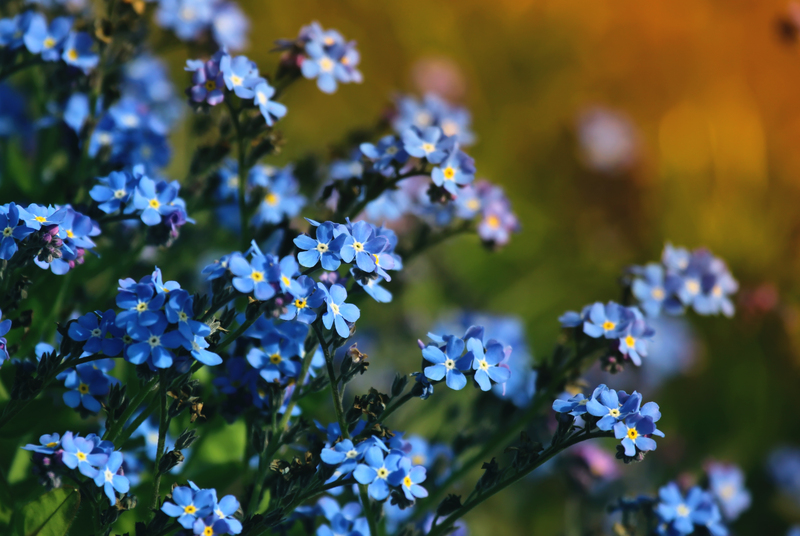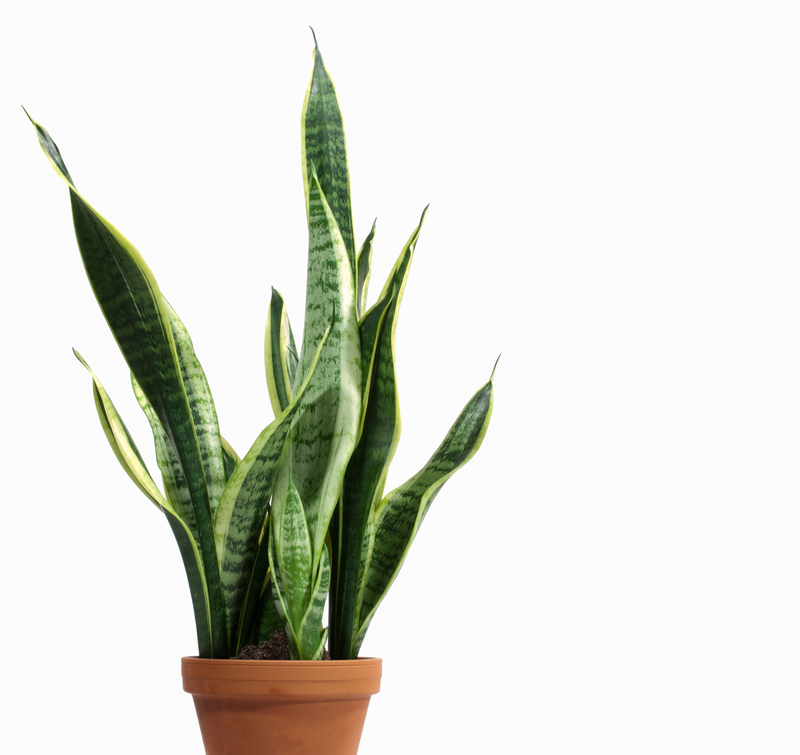Initial Steps to Rejuvenating an Abandoned Garden
Posted on 19/09/2025
Initial Steps to Rejuvenating an Abandoned Garden: Restore Life to Your Forgotten Green Space
Breathing new life into an abandoned garden can be both a daunting challenge and a rewarding adventure. Lost beneath layers of weeds and neglect lies a world brimming with potential. With methodical planning and the right approach, rejuvenating an abandoned garden is entirely achievable--whether you've inherited a wild patch, moved into a property with neglected grounds, or want to restore a once-loved family plot.
This comprehensive guide will walk you through the initial steps to reclaim, restore, and revitalize an overgrown garden, transforming it from tangled wilderness to a flourishing sanctuary. Follow these expert-backed techniques to ensure the start of your garden rejuvenation journey is smooth and successful.
Why Start Rejuvenating an Abandoned Garden?
Gardens, when left untended, quickly become overrun with weeds, invasive species, and pests. However, these forgotten spaces often retain mature plants, rich soil, and hidden beauty waiting to be unveiled. Restoring a neglected garden not only enhances property value but also benefits the environment by supporting biodiversity and providing a habitat for local wildlife.
- Improves property aesthetic and value
- Encourages biodiversity and native plant restoration
- Provides fresh produce and relaxing green spaces
- Promotes mental and physical well-being

Step 1: Assess the Current State of the Garden
Survey the Area Thoroughly
Before diving in, take time to observe and evaluate your abandoned garden. Walk around, make notes, and capture photographs from different angles. Pay close attention to:
- Extent of overgrowth and weed infestation
- Existing trees, shrubs, and potential valuable plants
- Damaged or missing structures, such as fences, sheds, or pathways
- Signs of pests or disease
- Sun exposure, shaded areas, and microclimates
Practical Tip: Mapping out the garden can help visualize changes and assist with planning future landscaping efforts.
Identify Existing Plants: Keep or Remove?
Not all that grows wild should be removed! Many mature trees, shrubs, or perennials may still hold value and can be saved with some care. Identify:
- Desirable plants worth retaining (e.g., heritage roses, fruit trees)
- Invasive species or problem plants that should be eradicated
- Possible rare or protected species that require special handling
Consult local plant identification guides or seek advice from a horticulturist if uncertain.
Step 2: Clear the Site with Care
Start with Large Debris and Waste
Abandoned gardens often accumulate rubbish, old garden fixtures, and organic debris. Prioritize:
- Picking up plastics, metals, and non-organic waste
- Disposing of broken pots, glass, or hazardous materials safely
- Piling green waste (fallen branches, leaves) for composting
Tackle Overgrowth, Weeds, and Brambles
Thick weeds and brambles can hide obstacles and prevent growth of desired plants. Use loppers, pruners, and thick gloves to:
- Cut back tall grass, nettles, and overgrowth
- Remove invasive shrubs at the base, ensuring roots are dug out
- Check for hidden hazards (sharp objects, wildlife, or pests)
Avoid using harsh chemicals at this early stage; focus on manual removal where possible to protect beneficial organisms.
Safe Disposal Practices
Sort plant material for composting, but avoid composting noxious weeds or diseased matter. Arrange for green waste collection or take it to a local recycling facility when in doubt.
Step 3: Restore and Repair Garden Structures
Check Fences, Paths, and Sheds
Many abandoned gardens contain outdated or damaged structures. Inspect fences, gates, sheds, greenhouses, raised beds, and walkways for:
- Rotten wood or rusted metal
- Broken panes or missing roof tiles
- Foundation issues or uneven paths
List repair tasks and prioritize those that impact safety and access. Simple repairs (fixing a gate, patching a shed roof) can often be done yourself; structural issues may require professional help.
Clear and Redefine Pathways
Recovering paths not only makes the garden safer but also restores a sense of order. Use a spade or half-moon edger to redefine edges, and remove weeds or encroaching plants that block access. If old paving is hidden, gently clean to avoid breaking stones or tiles.
Step 4: Analyze Soil Quality and Drainage
Test and Improve the Soil
Healthy soil is foundational to a revived, productive garden. After clearing, examine soil for:
- Texture (clay, sand, loam) and structure
- Pests such as vine weevils or evidence of disease
- Drainage issues (standing water, compacted soil)
Consider using a home soil test kit to check pH and nutrient levels. Quality compost, well-rotted manure, and organic mulches can dramatically improve poor soils.
Improve Garden Drainage
If you spot swampy patches or waterlogged beds, it's vital to address drainage issues early on. Techniques include:
- Double digging or aerating compacted areas
- Incorporating organic matter to enhance structure
- Installing gravel trenches, French drains, or raised beds for persistent wet spots
Proper soil preparation at the outset ensures lush, healthy growth in the seasons ahead.
Step 5: Plan Your Rejuvenated Garden Layout
Determine Your Garden's Purpose and Style
With the initial clearing done, consider how you want to use your garden. Is it for food, flowers, entertaining, or wildlife? Jot down key objectives and sketch a basic design, keeping existing trees or features in mind.
- Ornamental gardens may focus on borders, color, and relaxation zones
- Vegetable plots and fruit cages support homegrown produce
- Wildlife areas or wildflower meadows attract bees and butterflies
- Play spaces or lawn areas cater to families and pets
Create a Priority Action Plan
Organize tasks in order of importance and feasibility:
- Continue weed and pest management
- Repair or install essential garden structures (beds, paths, compost bins)
- Prepare soil in planting areas
- Plan and source new plants or sow seeds
Set realistic goals for each phase, and allow yourself to celebrate small wins as you restore your abandoned garden to life.
Step 6: Begin Plant Selection and Early Planting
Choose Plants Suited to Your Conditions
Consider the local climate, available sunlight, and existing soil when selecting plants for your rejuvenated garden. Hardy varieties and native species require less maintenance and are more likely to thrive. For quick impact, opt for:
- Fast-growing annuals for immediate color
- Tough perennials to establish a backbone for the future
- Low-maintenance ground covers to suppress weeds
Refer to your garden map and plan heights, colors, and seasonal interest for year-round appeal.
Planting Tips for Abandoned Gardens
- Soak root balls before planting disturbed or pot-bound plants
- Add organic matter and mulch to beds to conserve moisture and suppress weeds
- Space plants adequately to reduce overcrowding and minimize disease risk
In the first year, focus on establishing healthy roots and strong frameworks--don't worry if your garden isn't an instant showpiece. Patience is key!

Ongoing Maintenance and Future Steps
Restoring an abandoned garden is an ongoing process. Regular weeding, mulching, and monitoring for pests and diseases will give your rejuvenated space the best chance of flourishing. As the garden stabilizes, you can introduce more complex plantings, features, and creative touches.
- Water new plants regularly, especially in dry spells
- Mulch beds yearly to feed soil and suppress regrowth of weeds
- Record successes and setbacks for future planning
- Keep expanding your knowledge through gardening books and local groups
Conclusion: The Reward of Reviving a Neglected Garden
From chaos to beauty, the initial steps to rejuvenating an abandoned garden lay the foundation for a new chapter in your outdoor space's life. Clearing, assessing, repairing, and planning require some effort but offer immense rewards: a sense of achievement, restored biodiversity, and a thriving sanctuary for all who visit.
With these detailed steps, you'll be well on your way to transforming your overgrown or neglected patch into a revitalized, vibrant garden. Remember, every garden restoration is a journey--embrace the process and watch as nature rewards your care and perseverance.



